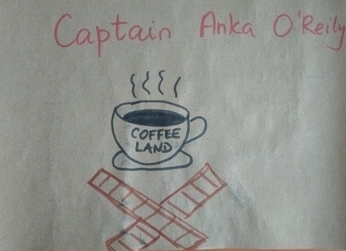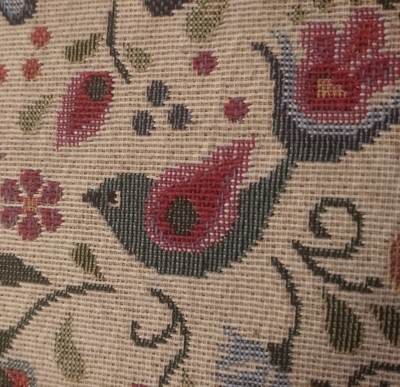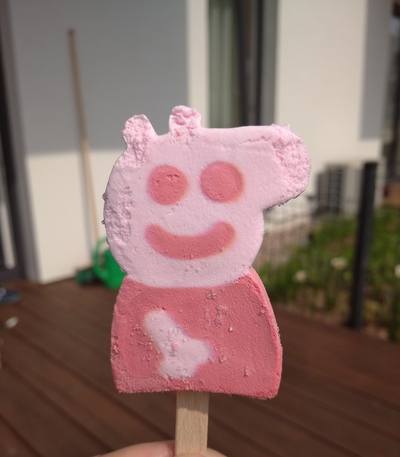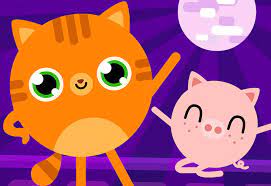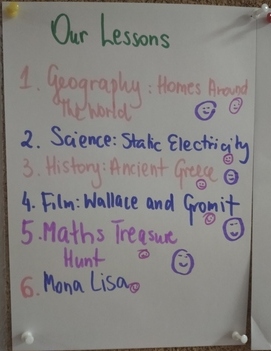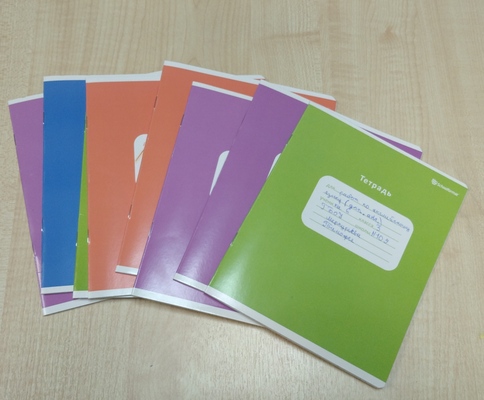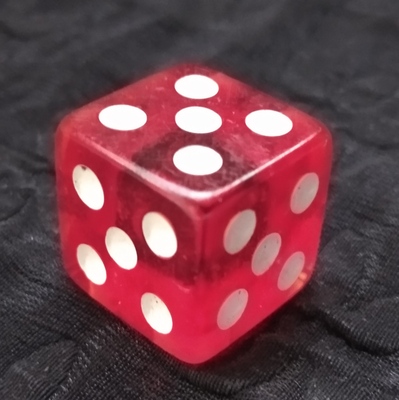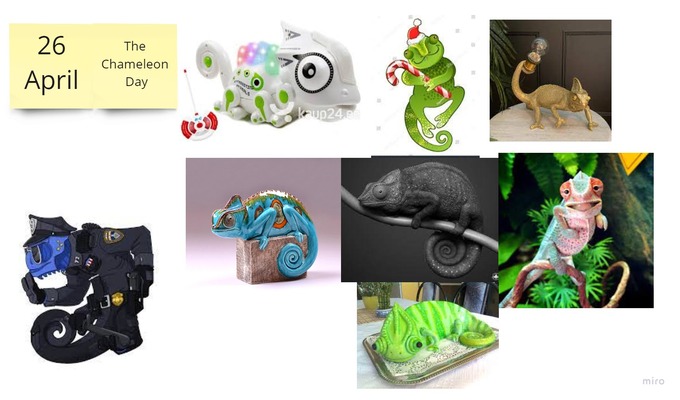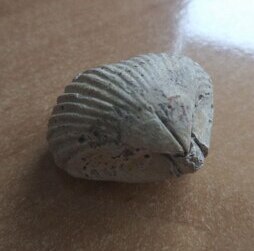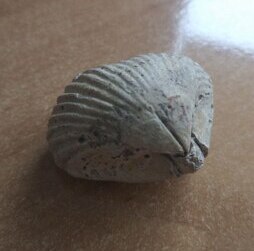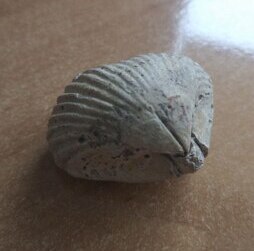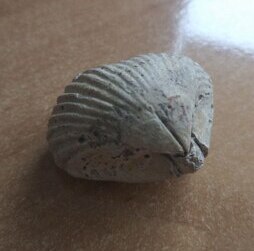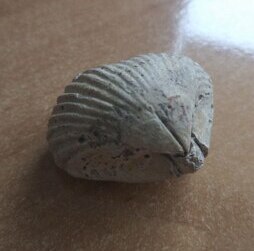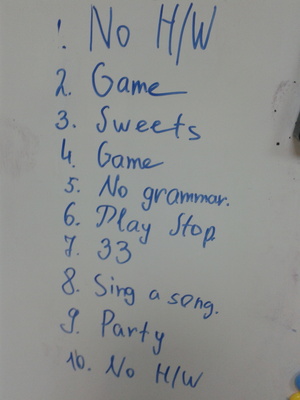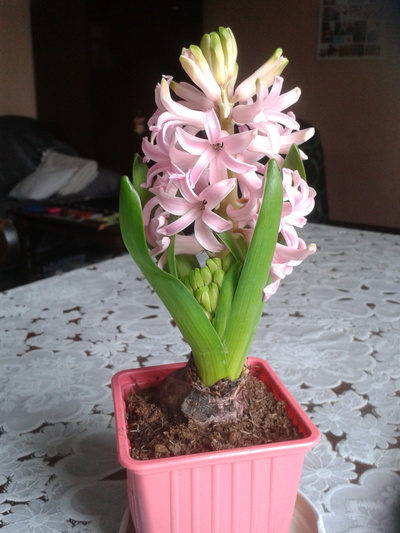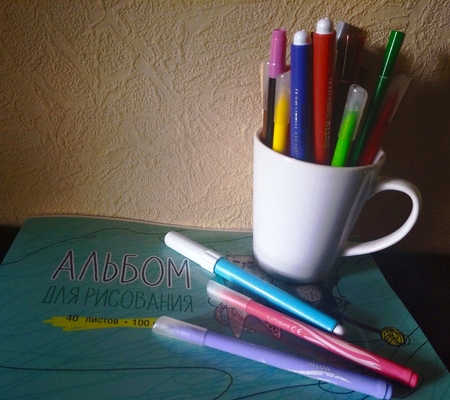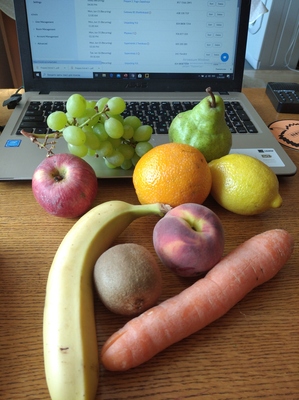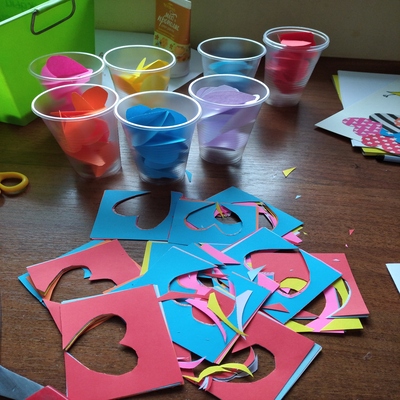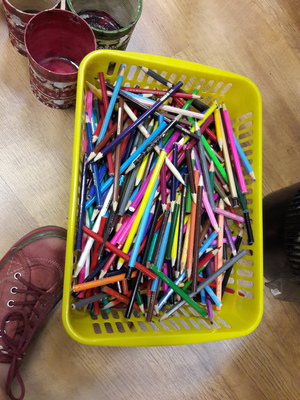
The academic year has just finished.
We had our final lesson, we learned and we had a little online party, with snacks and dances. The final reports and the diplomas have all been sent out and it was only a few days later that, during a walk, I caught myself thinking that we have had a very good year in the classroom and I am really happy with what my kids have learned and how they have progressed.
I am here basically taking notes of where we got by the end of the year, not to forget how many structures and how much language can be squeezed in a lesson. Obviously, that is not everything and there is always room for improvement. Obviously, adaptations have to be considered for the younger, the older, the smaller or the bigger groups, the longer or the shorter classes…
Here is my group: 6 kids, (mostly) in their second year of learning English, 4, 4, 5, 5, 6 and 6 years old, for 60 minutes once a week (or 45 minutes when online), amazing parents included.
Here is my lesson, in structures…

Getting in
- Hello, how are you? (I’m ok)
- Where are you sitting? (A blue table and a pink stool (while putting the books down and while sitting down)
- What have you got today? (I’ve got a spider (in the online classroom, showing us what they have brought or what is lying around)
- Are you eating or drinking? (I’m eating. I’m drinking (online)
- What are you eating / drinking? (I am eating cherries. I am drinking water (online, they bring snacks to the lesson)
- Do you like bananas? (Yes, I do (an activity we played while walking into the classroom, they used to do it in pairs, the one entering and the one right behind them in line, with the flashcards they picked from the pile)
- How many students have we got today? (Six. One boy and five girls. One teacher (before the hello song. Sometimes we also add: Who is not here?)
- Where is Sasha? (Sasha is not here. She is ill) Here, it was the students who started to ask about the missing kids and for that reason we introduced the question. The kids were asking, the teacher was answering).
- Who is it? (It is Sasha. It is Misha) This was something that we did only in the classroom and it was our reaction to kids coming late. Even in the classroom we could hear the main door bell (or answer phone) ring and we started to play the game trying to guess who might be coming through the door next. It was especially fun when a few kids were being late and, of course, we could play it only on some days:-)
- Did you do your homework? (Yes. (online: we check the homework together, taking turns, classroom: there is more 1-1 interaction as we check the homework as the kids are walking in)

Hello circle
- How do you feel today? (I am very happy, a little angry and very, very sleepy (online: we use the presentation, I am arranging the icons for each child, classroom: we use our faces flashcards, at this point we have about 12 in active use. Btw, at this point the kids are asking these questions to each other)
- What’s the weather like today? (It is sunny (online: the presentation, classroom: we look outside of the window)
- Who is wearing a t-shirt? (Not me / I am. I am wearing a blue t-shirt (online: presentation, classroom: flashcards)

Revision
- What’s your favourite colour / pet / fruit? (I like green / cats / bananas (online: presentation, classroom: flashcards)
- How is your mum? (My mum is happy (online: wordwall spinner, classroom: flashcards or dice, we usually do three family members)
- What’s my secret? Look at me (It’s a car! It’s a train (used for the revision of pretty much any vocabulary, with the teacher and then the students miming their chosen word and the other kids guessing)
- What’s my secret? It is big, it is loud, it is fast, it is red (It’s a rocket (used for description riddles, online: we use symbols on the chart to remember what to talk about or the discourse clock, offline: we use flascards. The aim here is to encourage the kids to make riddles, too, but with this particular group we haven’t got to the stage of the SS-led game)
- Cat, how do you get to school? (I go to school by train (online: we use miro, the kids are producing the language, I am moving the images, the cat is actually getting on thet train, classroom: we use flascards, the kids put the animals on the transport)
- I can see two cats. Yes or not? (No, I can see three cats (we use one picture, the teacher is producing, the kids are listening and correcting)
- I can see a black cat. (I can see an orange cat (here we use two different pictures and we are looking for differences, the teacher describes picture A, the kids, in turns, describe picture B)

Songs and movement
- Which song do you want to sing, Baby Shark or Old McDonald’s? (Let’s sing Baby Shark (while choosing the song, when we could choose)
- Are you sitting or are you standing? (I am sitting. I am standing (while choosing what we want to do during the song)
- Do you like the song? (I like it, I don’t like it (to ask after a new song is introduced. It is another activity in which the structure can be used but it is also good to find out if they like the song or not)
- What’s your favourite shark / farm animal? (I like mummy shark (a short personalisation activity after a song)
- Mummy shark is green. Yes or no? (No, mummy shark is pink (and more follow-up task, that can be used with pretty much any song)
- Is it easy or difficult? (It’s easy. It’s difficult (another idea for a follow-up after a song, it works best with the more active songs such as Move, I am normally the one that struggles with some of the actions and the kids adore them)
- Abracadabra, 123, you are a cat (Kids don’t really respond here, their only task is to mime a cat. However, the main aim here is to let the kids lead the game as soon as it is possible and once they do, they start producing a lot of language. The other variations include: You are a happy cat. You are a big happy cat. You are dancing. You are a cat and you are dancing)
- Anka in the circle. Katya in the circle. Who’s next? (Sasha in the circle (classroom: we are getting up and making a circle before starting the first song. There is a follow-up: Let’s make a small circle. Let’s make a big circle.

Focused task
- Are you ready? (Yes, I am) or I’m ready (I’m ready) (as we are sitting down in the classroom or as we are settling down in the online classroom)
- I’ve got my book (I’ve got my book) (again, in the online or the offline classroom as we are getting ready for the task. We use it for the handouts in the online lessons, too. In the classroom, I would ask one of the kids to help hand these out. They would be saying: ‘One of Katya. One for Sasha’ and so on while giving them out. Only afterwards we would go ‘I’ve got my paper’)
- You need one colour / three colours. What colour do you want? (Blue, please) while we were getting ready for the task, applicable in the offline classroom)
- I’m taking blue (or, when appropriate: My car is blue) (I’m taking green. My car is green) We use these in the online lessons or in those lessons when the kids are given their whole set of markers or crayons to use. Sometimes we use ‘I’m taking’ when we only connect the dots, draw lines etc. When it is used for colouring, I prefer the describe the final product as it seems to be more natural in that case)
- I’ve finished (I’ve finished) when the task or a part of the task is completed)
- Close your books. Put the markers in the box.
- There are also many specific task or specific craft-related verbs and instructions but it is impossible to add them all here.

Storytelling
- Which story are we going to read, this one or this one? (This one) This is applicable only when we have two stories to choose from
- Who is it? What is he doing? Is he big or small? Is he happy? Is he at home? (It’s a boy. He is sitting. He is big. He is sad. He is in the park) We talk about the character of the book, usually looking at the cover page. However, sometimes (like in case of Barry and the Scary Monster) it is much better to use one of the inside illustrations as the cover page reveals too much, you can see the monster and I like to keep him a surprise until a bit later in the game)
- Do you like the story? (I like it / I don’t like it) This is the question we always ask at the end of the story)
- Are you happy? How do you feel now? (I am happy) This one is also a follow-up question and it gives the kids a chance to express their emotions at the end of the story. Sometimes I use it during the story. It might be a good idea to pause and to gauge the audience to check and to ensure that the kids are not getting scared (re: Barry and the monster) or too sad (re: the little mouse in Playway 1. This is a topic that would perhaps deserve its own post, dealing with emotions in storytelling lessons, but when the character is getting too upset, I comfort him (It’s ok, mouse, don’t cry) or I suggest that the kids can close their eyes or look away)
- What’s your favourite fish? (I like this one. I like the blue fish) one of the simpler follow-up activities)

Goodbye
- Let’s sit down: we have homework, goodbye song and stickers (while we are getting ready for finishing the lesson. By the end of the year I am only counting on my fingers and the kids are enlisting what is left to do. I only need to correct the order, sometimes.)
- I’ve got my homework (I’ve got my homework) only applicable in the offlince classroom when the homework is not in the book).
- How many stickers are we getting today? Are you taking a sticker? We have got farm, sea animals and space. Which one do you want? (Three stickers. Yes, please. No, thank you. Farm, please) This is only applicable in the classroom. With my online pre-school groups we haven’t started giving out the online stickers and, although we shifted online half-way through the year when the kids were already used to stickers, they did not mind, they did not ask for stickers. I did not want to introduce the online stickers because we had too many new things at this point due to switching online. I did not want to add up to that.

Notes
- Interaction: in most cases, kids answer in a messy choir manner (I am giggling because I have just come up with that term) and that is: they respond to the question in their own time, to produce the language, more or less at the same time. I am keeping an eye and sometimes I have to call out those that missed the moment and did not produce. We have been studying together for two years so by now this type of interaction has become a routine. There are also situations, especially with the new structures or in case of a very important message (well, you know:-) when I call them out one by one. However, since there are six of them it cannot be every single time. There are also questions and structures that the kids lead and they choose one of the other kids to answer.
- L2 and L1: most children, most of the time reply in the way that is the preschool teacher’s dream: in a full sentence and in English. However, kids are kids and they are beginner learners so of course that would not happen in 100% of cases. Sometimes they use single words (because kids do) and sometimes they thrown in three other sentences to tell me why their mum is happy today and that is just the way it is. I am doing my best to promote English only in the classroom but my kids are 4 or 5 and it does not happen overnight. But it does happen eventually.
- Activities: I do not use every single activity in every lesson but I do like to repeat them in order to ensure that the basic structures feature more or less regularly
- Outcomes, before and after: This is our regular lesson in level 2 which is the middle level. As regards my level 1 students – they have been exposed to some of these structures from the very beginning and, for example, in December, after only four months of studying, they already had about ten adjectives to describe emotions at their disposal whereas all the other structures were introduced gradually and, as can be expected, the main aim for some of them was only the exposure. As regards level 3, we managed to expand the range of these structures, make them natural and get to the point when the kids would be using them spontaneously.
Happy teaching!


